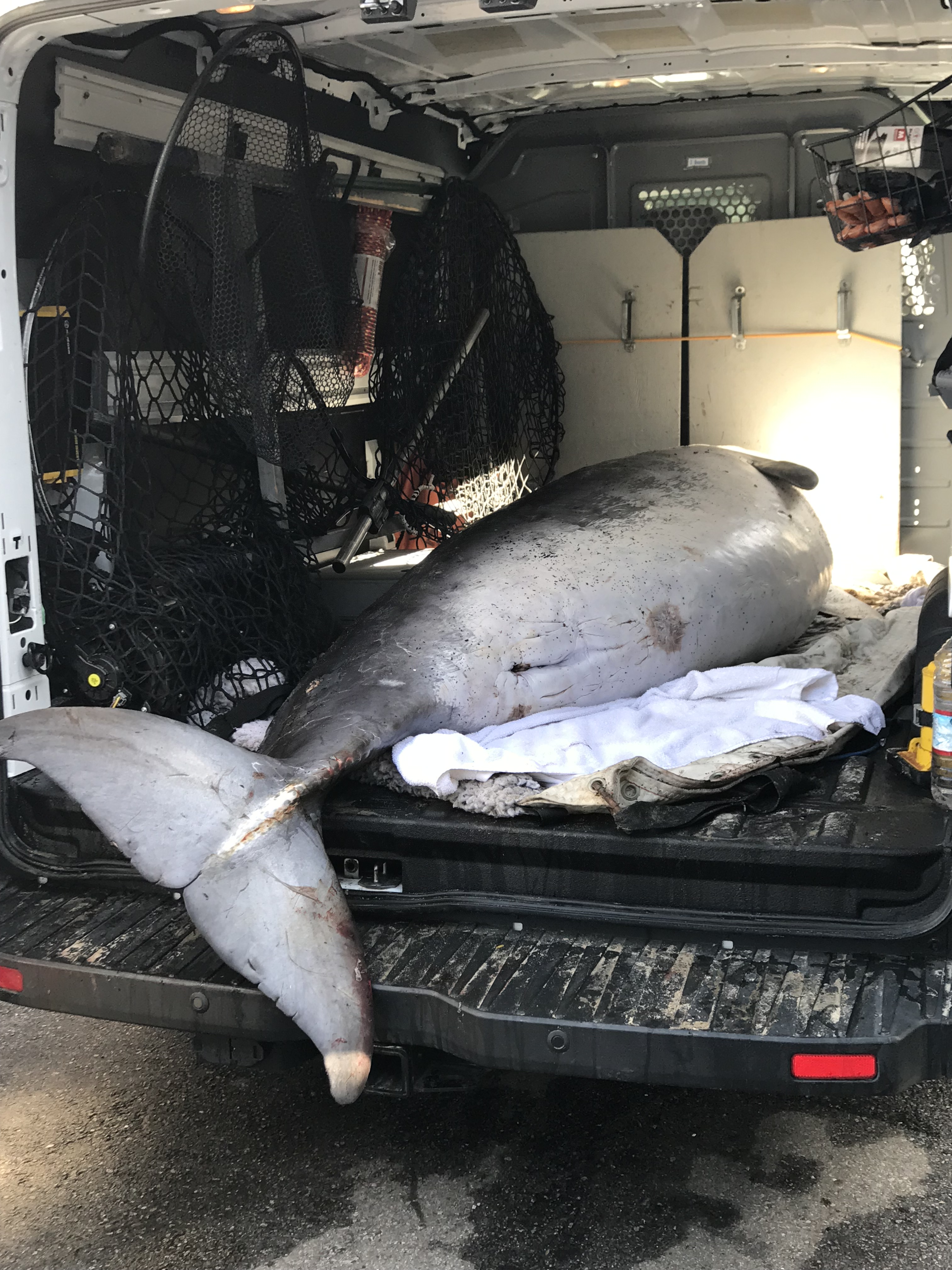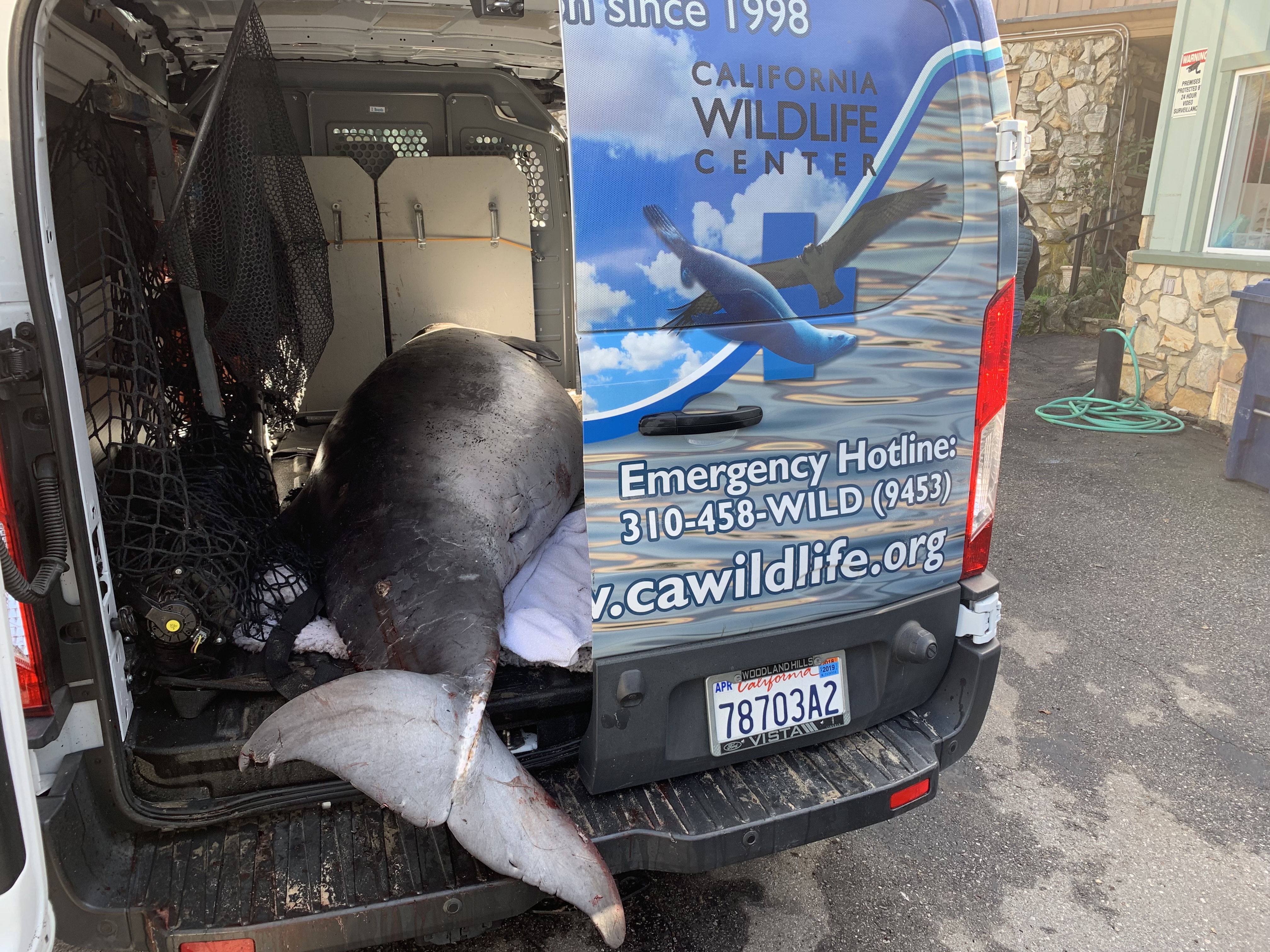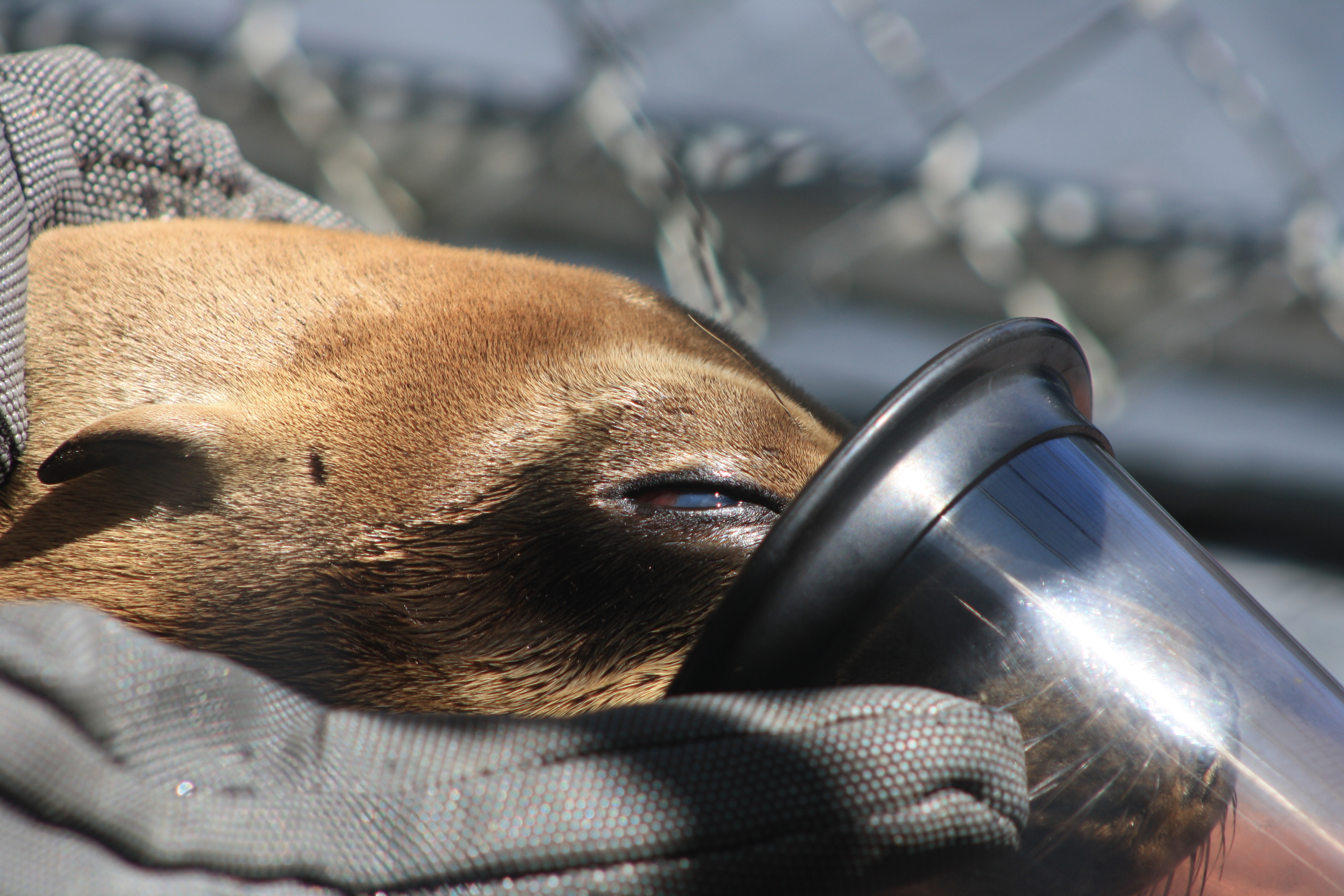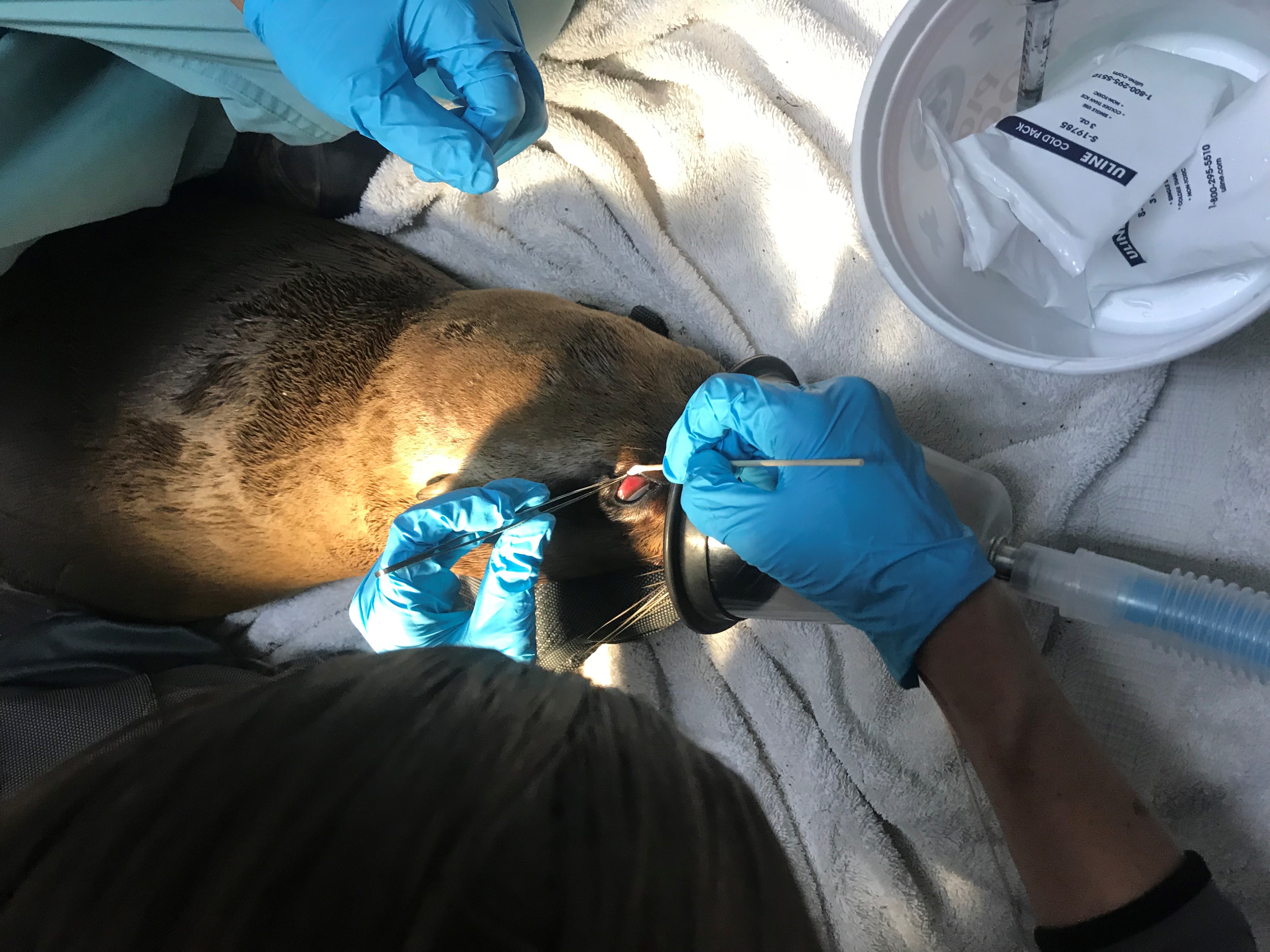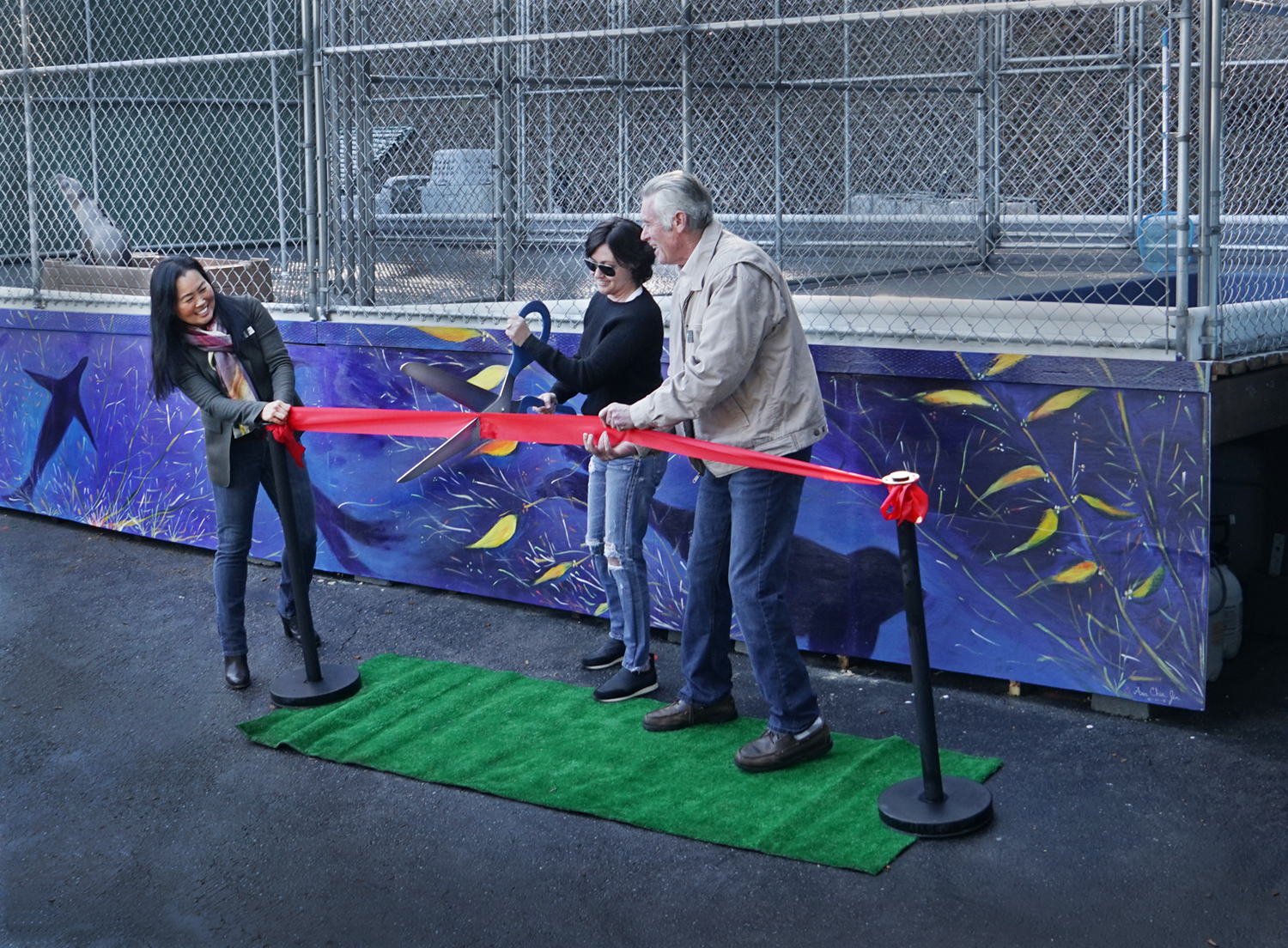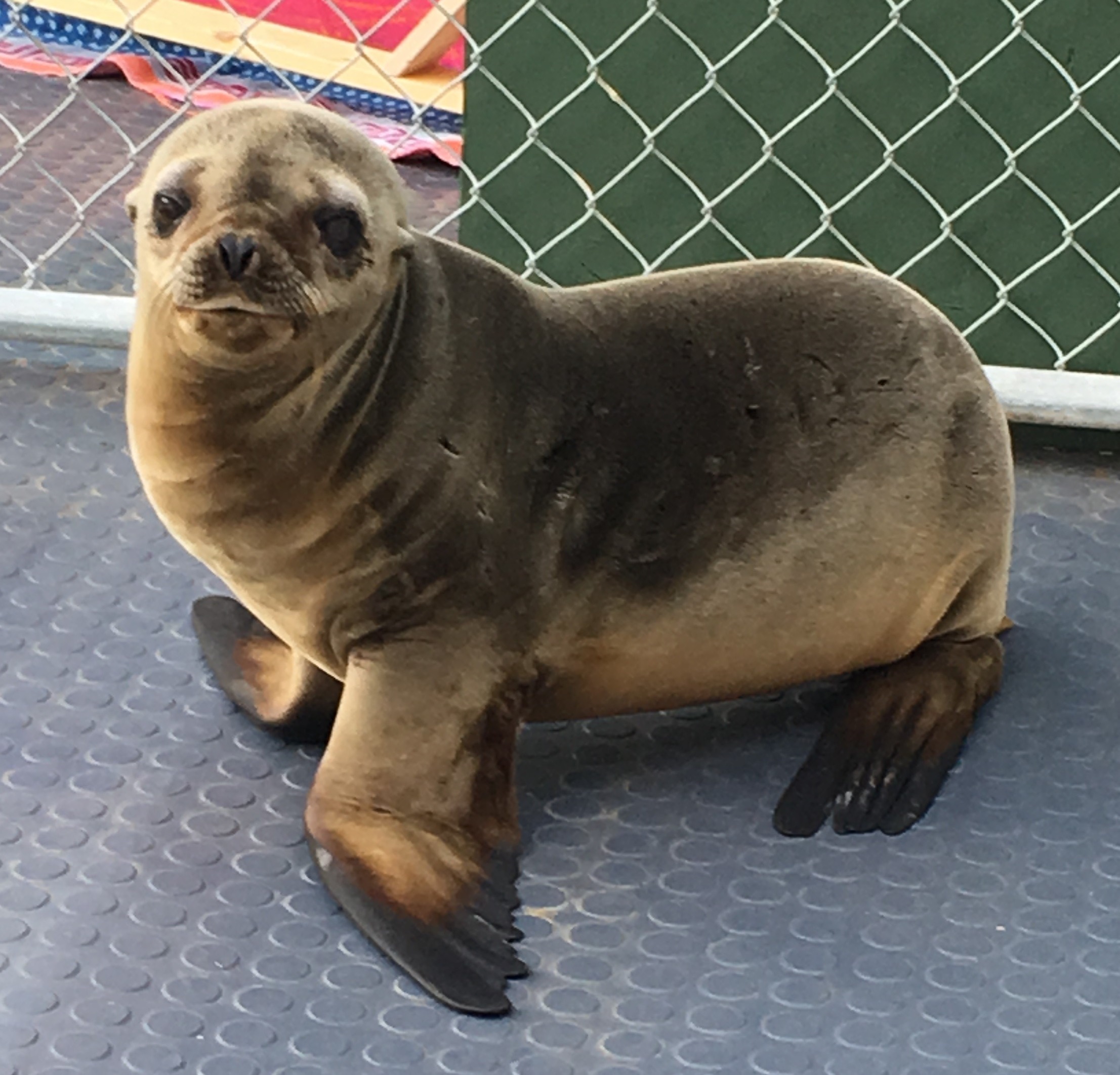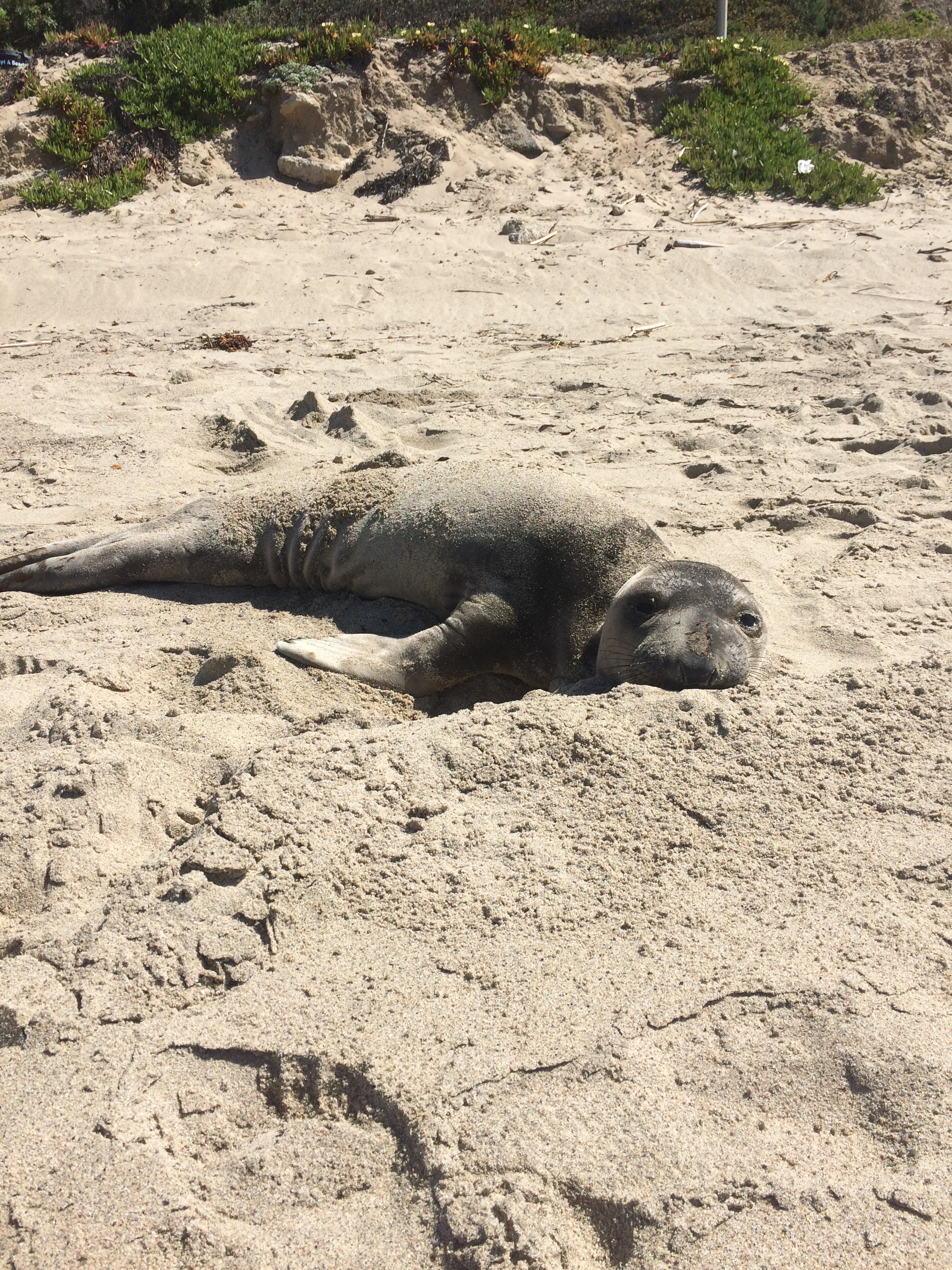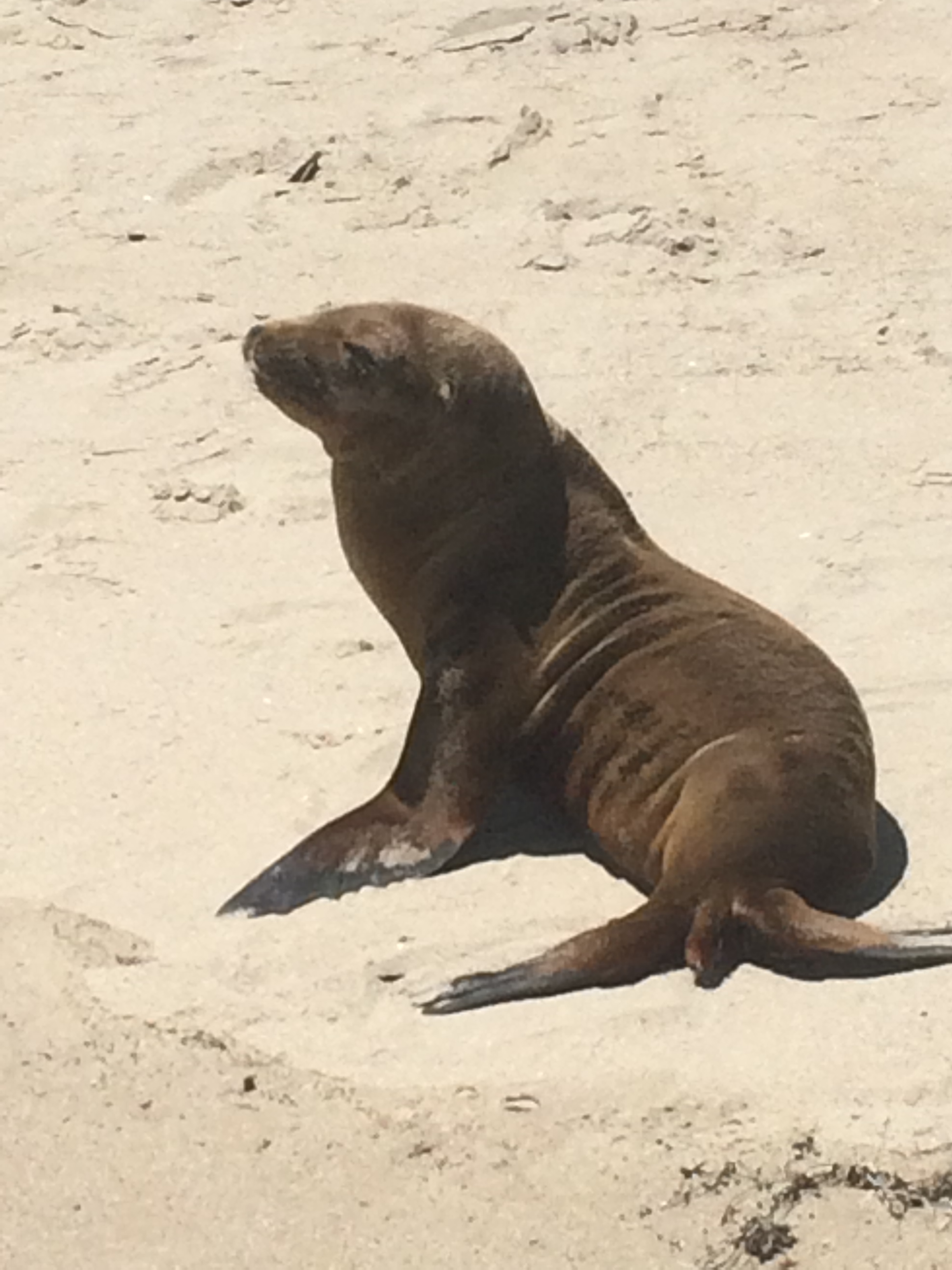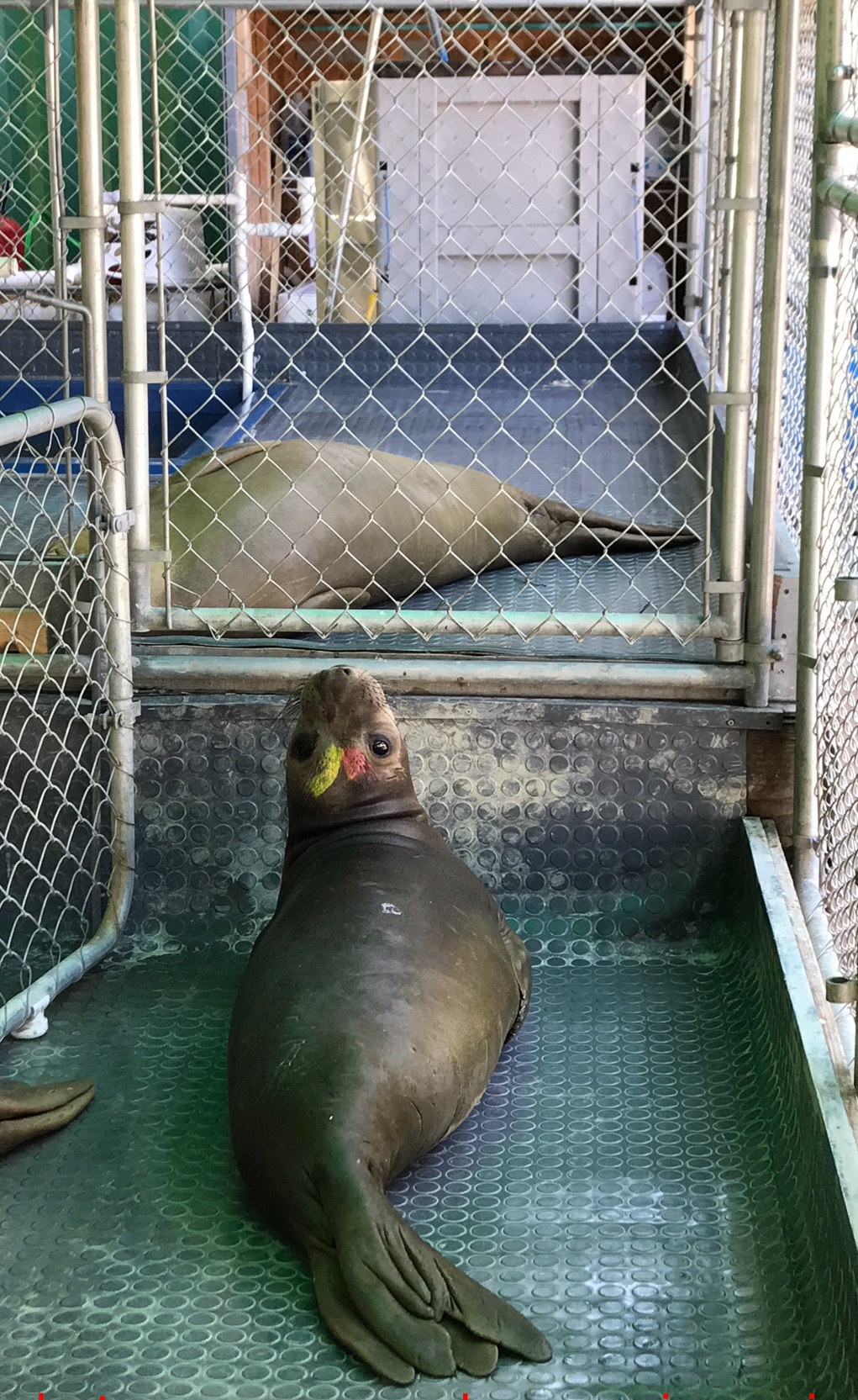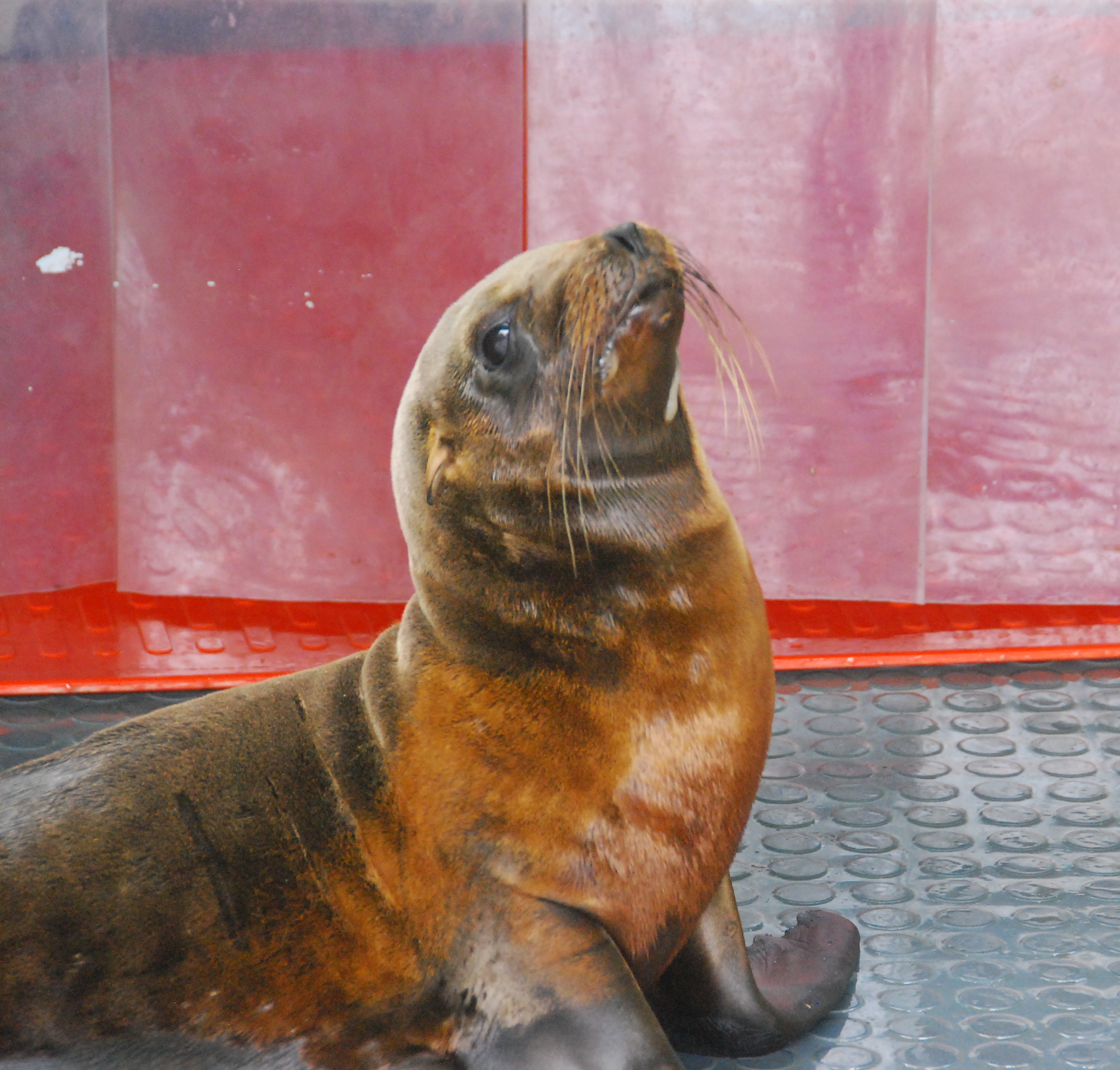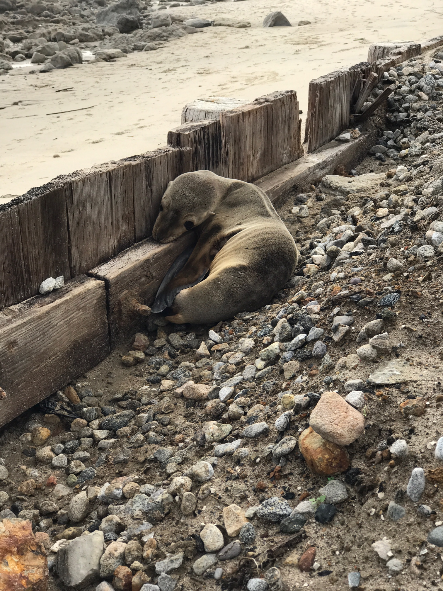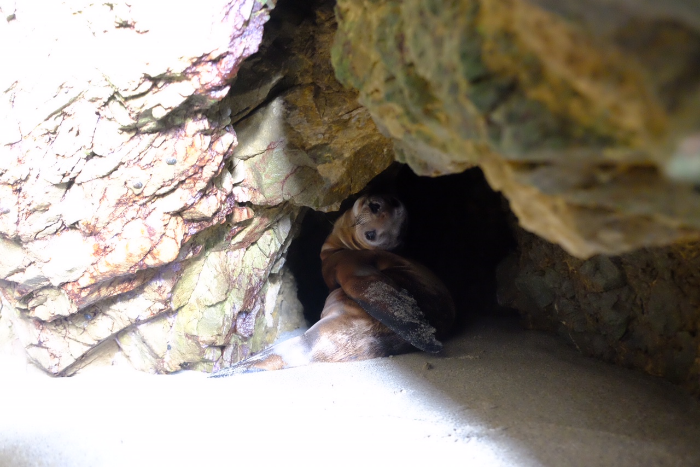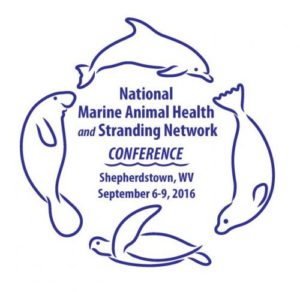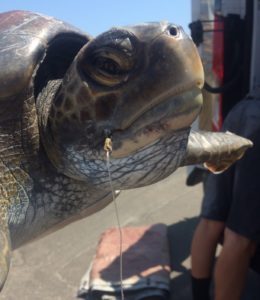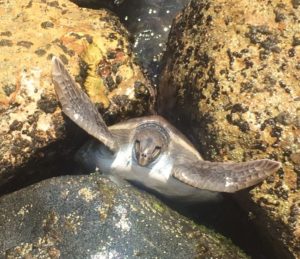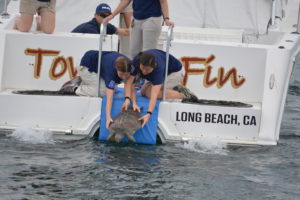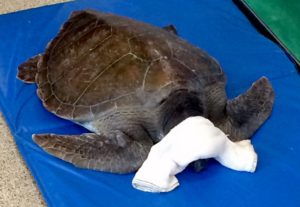California Wildlife Center responds to beached pygmy sperm whale
On 7:30am, January 18, 2019, California Wildlife Center’s marine mammal department received a call that a pygmy sperm whale had stranded at Zuma Beach in Malibu. Michael Remski, the Marine Mammal Program Manager and a team of volunteers attempted to return the whale to the ocean, but she made her way back to shore and restranded.
The whale was an adult female and the initial physical exam revealed that she was in good body condition, indicating that she stranded as a result of an internal issue. The whale had bilateral conjunctivitis or eye infections in both eyes, which caused her blindness. She had abrasions on her body and a chronic wound on the right side just cranial to her fluke. She also had bloody discharge.
California Wildlife Center’s veterinarian, Dr. Stephany Lewis consulted with veterinarians at Sea World, San Diego and officials at the National Oceanic and Atmospheric Administration who recommended euthanasia. This species of whale does not do well in long-term rehabilitation or captivity and was not likely to survive transport to San Diego for treatment.
According to Dr. Lewis, “these animals don’t strand without reason. The strand because they have some severe systemic illness which we can’t typically appreciate during the initial physical exam.”
Dr. Lewis humanely euthanized the whale with intravenous anesthetic drugs for a painless passing. The whale will be transported to the Natural History Museum of Los Angeles County for further study.

